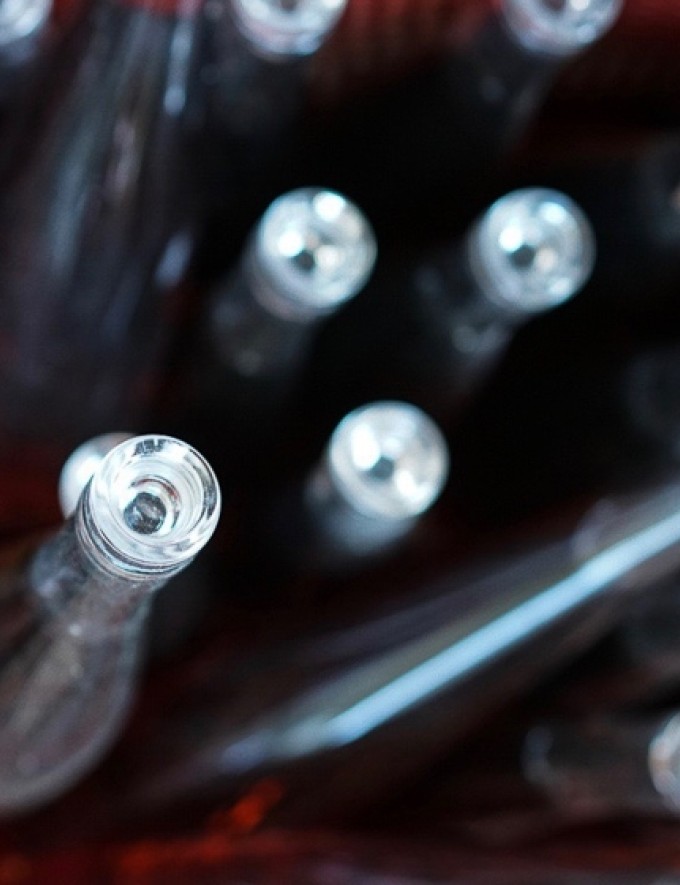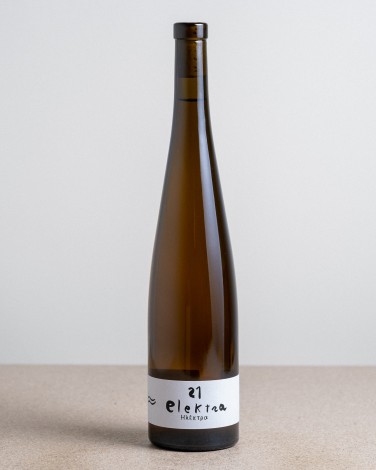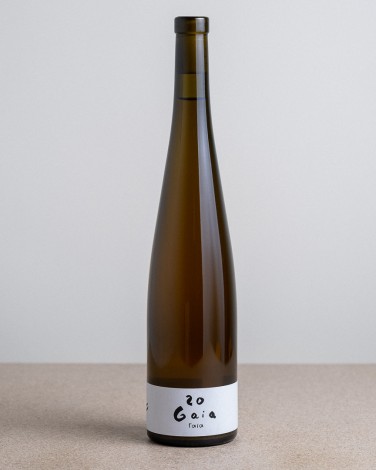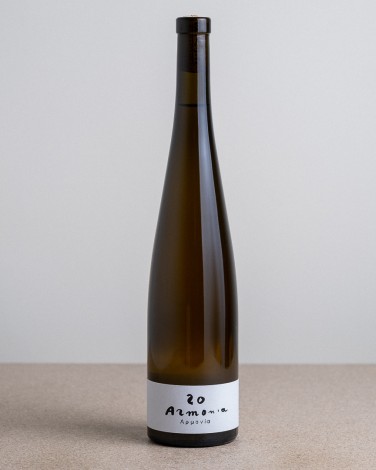
Valdisole
Kyriaki & Giuseppe
Born in the south of Italy, a biologist by training, Giuseppe Amato now lives in Turin, where his passion for wine had been itching for a few years and in 2015 he set out with a few vines north of Alba, helped by winemaker friends. Together with his partner, Kyriaki Kalimeri, he founded Valdisole, a true ambassador of the sandy soils of the Roero...

Valdisole at a glance
| Country | Italy |
| Region | Piedmont |
| Village | Corneliano d’Alba |
| Cultivated grapes | Barbera, Nebbiolo, Arneis, Moscato... |
| First vintage | 2015 |
| Our favorites | Elektra, Aura, Amos |
A different view on Piedmont
A biologist by training, Giuseppe has always been interested in the world of wine and gastronomy, and it was while taking sommelier courses that he caught the wine bug about ten years ago. Deciding to take the plunge, but with no family background in wine, he found a vineyard for sale... on a classified ads website! Half a hectare of abandoned Nebbiolo vines. This was the beginning of the adventure, back in 2015.
Giuseppe, with the help of some winegrower friends, started harvesting his first grapes in the hills of Roero, in the small village of Corneliano d'Alba, in the heart of the Langhe region.
With the help of his partner, Kyriaki, from Sparta in Greece, whom he met two years later during a sommelier course, he gradually expanded his vineyard, adding vines of varying ages, all located in the Roero DOCG and mostly in the Valdistefano appellation. Barbera, Freisa, Moscato and Arneis have been added to the Nebbiolo of the beginning, always offering new possibilities to our apprentice winemakers.
The grapes, all growing on sandy soils at an altitude of some 300 metres, are vinified in ways that are not traditional. Strictly natural, the wines are made from grapes, and only from grapes, constantly experimenting between traditional and more modern techniques.
For the whites, long macerations, from a few weeks to several months, are favoured to discover the full aromatic palette and depth of Arneis, a grape variety that is too often under-valued. Giuseppe also experiments with Muscat, Riesling or southern grape varieties, which are dear to his heart. Kyriaki, for her part, vinifies her own Elektra vintage, 100% Malvasia Moscata, in amphora and without any addition of sulphur, recalling her Spartan origins.
For the reds, Nebbiolo is king, vinified almost like a rosé, according to tradition, or worked on for long periods of time, depending on the cuvée.
Meticulous, precise and conscientious in his approach, Giuseppe wishes above all to return to the more ancestral methods of winemaking in the region and above all to show the richness of the sandy soil of the Roero and the beauty of grape varieties such as Arneis in particular, in all humility.
The wines are precisely marked by this same humility of Giuseppe, but also by the overflowing energy of Kyriaki. Another idea of Piedmont.
Valdisole - the complete range
Orange wines, fad or back to basics?
An unusual colour for the region, neither red nor white. Orange" wines made from white grapes macerated in whole bunches, or in berries, for a period of several weeks to several months, have been popular for several years.
A sharp, polarising style, some love them, others can't see them anymore. But Giuseppe points out that this is an ancient tradition and that long before modern winemaking and winemaking techniques, most grapes, even white ones, were macerated in whole bunches during fermentation. This helps the wine gain structure and longevity, far beyond the simple amber hue it takes on.
From Georgia to Northern Italy, there are many examples where these techniques have been used for centuries, to the delight of wine lovers...
The village of Corneliano d’Alba, Italy

















